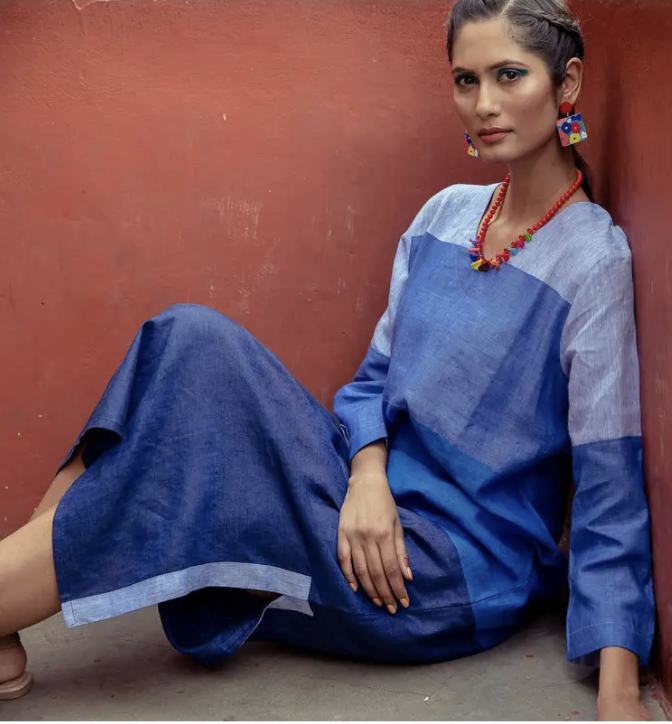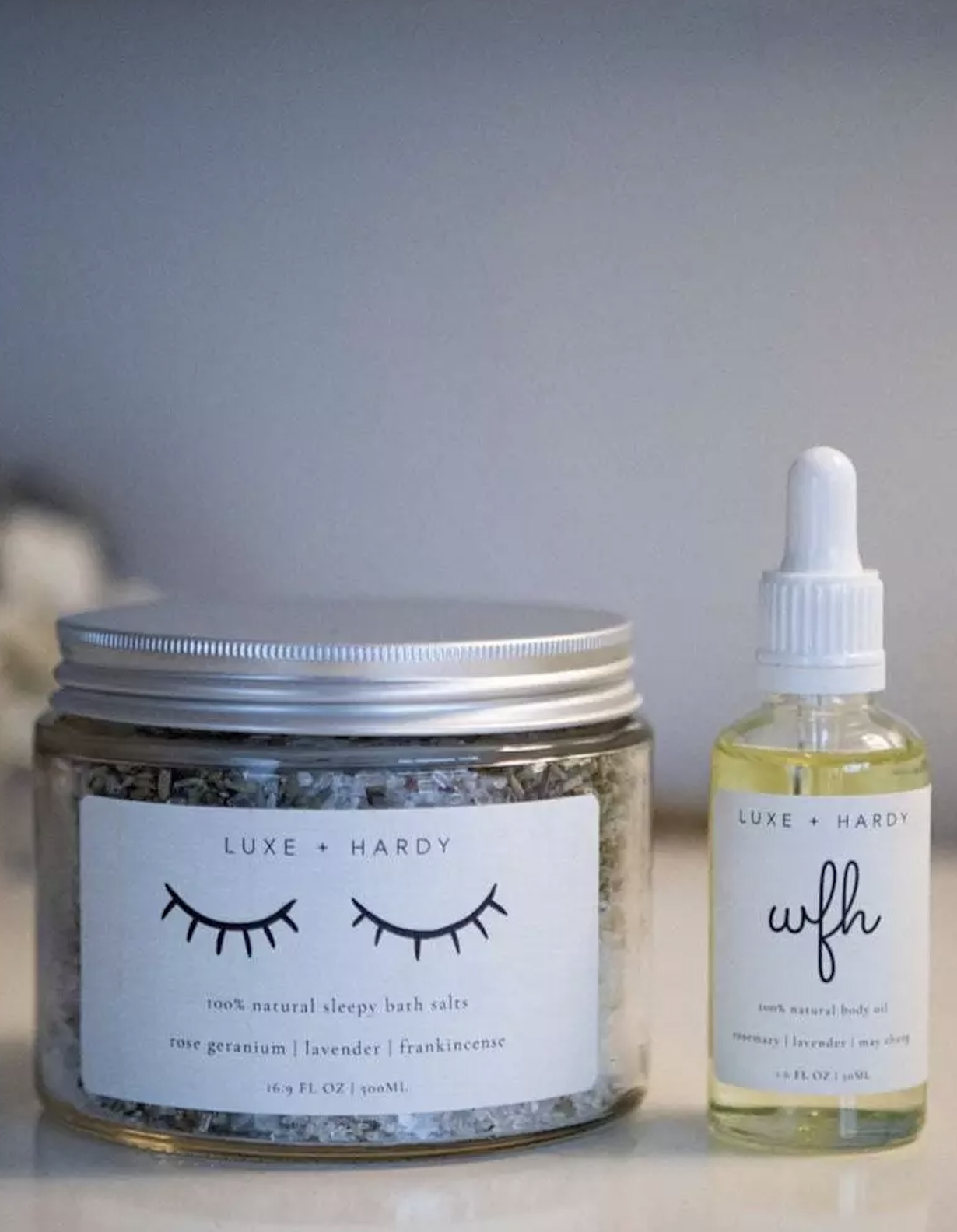Fabric feature: What makes a fabric sustainable?
One of many sobering facts in life, it's almost painful to hear that there's no such thing as a 100% sustainable fabric in existence.
But that isn't to say that no fabrics are sustainable, and we'll take you through some really good ones!
So what do we talk about when we talk about sustainable fabric?
Obviously, it's a fabric that comes from eco-friendly resources: sustainably grown fiber crops or recycled materials. But that's not all! How a fabric is manufactured, how it's farmed and how it's brought together equally determines how sustainable it is.
Let's look at an example:
I ordered a 100% cotton t-shirt on Amazon recently, thinking I was doing something right by the environment. It arrived, by itself, in one large box wrapped in three layers of plastic and a rubber band.
Afterwards, I took a look online at the t-shirt: materials from ??? and made in China, most likely mass-produced in some big factory.
I purchased a 100% cotton t-shirt from WILD FABRIK and it arrived in a box to size. No wasted materials.
The company guarantees their cotton is GOTS certified and uses closed-loop manufacturing suppliers, meaning that the materials used in production can be reused.
Now obviously this is a really clear example, and it can really be that easy. But today I want to go into fabrics that fit this mold of sustainable, because slow fashion or fast fashion - everything starts with the fabric.
As we all know by now, the fashion industry is one of the largest contributors to pollution in the world. In 2018 alone, the US generated 17 million tons of textile waste. On top of that, a shocking 84% of unwanted clothing ends up in landfills or incinerators, rather than donated, sold to thrift stores, or reused.
And that alone doesn't account for the making of fabric. So - back to the question at hand. What do we talk about when we talk about sustainable fabric?
linen
Linen goes back thousands of years in history (there's evidence that woven linen fabrics were used 36,000 years ago in Georgia) and was in use long before almost any other material. It was so common that we still refer to things like bedsheets and pillows as "linens" although they're more than likely to be made of cotton or polyester nowadays.
Linen is made from flax plant fibers, which makes it fully biodegradable, when it's left untreated. It can withstand high temperatures and absorbs moisture in a very natural way that keeps out bacteria. Linen will keep you cool in the summer and warm in the winter. It's also ridiculously strong and yet pliable. And, the more you wash it, the softer it gets!
The flax plant is also quite sustainable: every part of it can be used: linseed oil comes from flax, as does flaxseed oil (shocker, that one). You can grind it too and make food products. It's an almost magical plant, too: each year, European flax fiber retains 250,000 tons of CO2.
The main downside to flax--and therefore linen--is that it's labor-intensive, so it really depends on who is growing it and how they set their labor conditions. Look for the GOTS certification for this one. At the very least it means that workers are not exposed to chemicals in the process.
organic cotton
As we all know, cotton is an all-natural fiber that grows in a lot of different climates, and it's been around for a long time. The oldest cotton fabric was found in Huaca Prieta in Peru, dating back to around 6000 BC. Since then, it has had both positive and quite negative impacts on history.
Cotton is easily harvestable, and has the potential to be an entirely sustainable, renewable and biodegradable resource. The potential.
A lot of sustainability issues stem from the energy it takes to transport the material to factories, the water it takes to make even the simplest products, and the environmental impact of simply growing too much cotton.
This a shocking figure that you might have seen before, but it takes 2700 liters of water to make a single cotton t-shirt. Cotton farmers also tend to use a lot of pesticides and chemicals in their production to keep out the bugs, of course. This can really easily pollute whole ecosystems.
So, woah, woah, woah. This is still sustainable?
100% organic cotton skips these steps.
> Cotton doesn't require a lot of pesticides to grow: in fact, organic cotton creates 46% fewer greenhouse gas emissions than traditional cotton because it uses non-nitrous dioxide fertilizers and pesticides and at a smaller amount.
> Organic cotton can use approximately 243 liters of water to produce a single t-shirt, in comparison.
> PLUS, it can create healthy soil that stores carbon and helps combat climate change.
Unfortunately, less than 1% of all cotton produced is currently organic, meaning we can definitely improve on this
- Dubai, Festival City Mall, Crescent Drive
- +971-54-382-8897
- Mon-Sun 9.00 - 18.00
- [email protected]
- View on map






